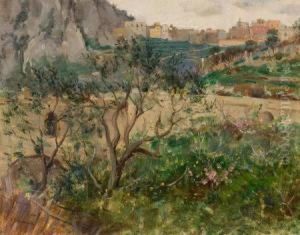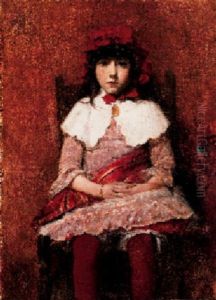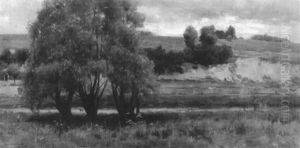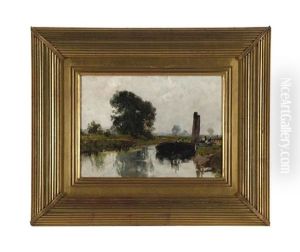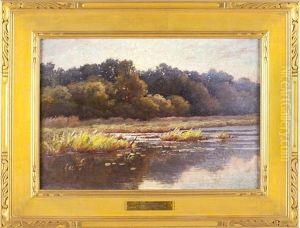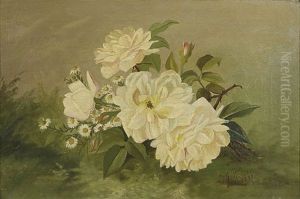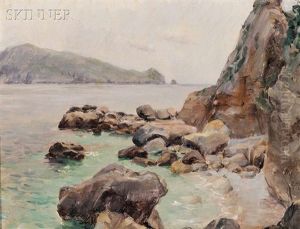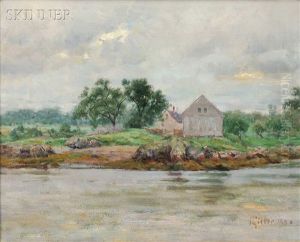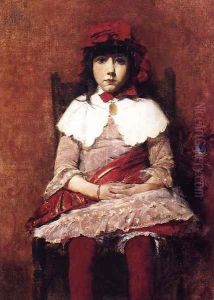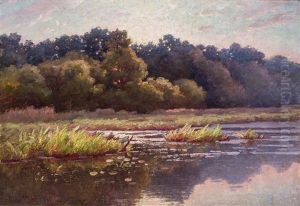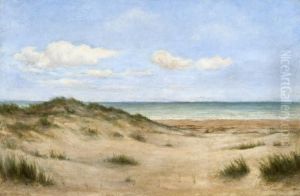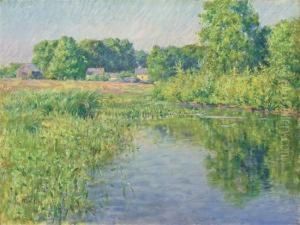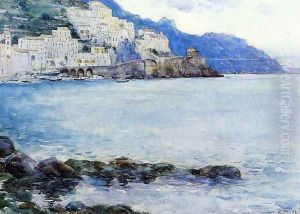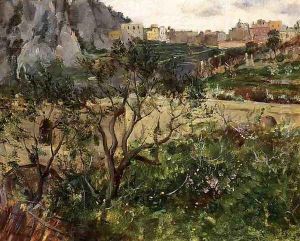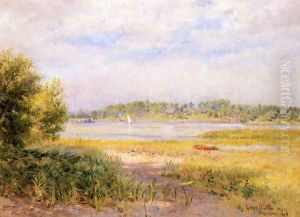Louis Ritter Paintings
Louis Ritter was an American artist born in 1854, known for his contributions to landscape and portrait painting in the late 19th century. He was born in Cincinnati, Ohio, a city with a vibrant art scene that would shape his early interests and career. Ritter showed an early aptitude for art, which led him to pursue formal education in the field. His talent and dedication to his craft were evident from a young age, setting the stage for a promising career in the arts.
Ritter's education and artistic training were comprehensive and international in scope. He studied at the McMicken School of Design in Cincinnati, which was an important institution for aspiring artists in the Midwest. Seeking to broaden his horizons and refine his skills, Ritter later traveled to Europe, a common practice among American artists of the time who wanted to immerse themselves in the rich artistic traditions of the continent. He spent significant time in Munich, Germany, a city known for its influential art academy. There, Ritter absorbed the techniques and styles of European masters, which would greatly influence his work.
Upon returning to the United States, Ritter established himself as a prominent figure in American art. He split his time between Cincinnati and New York, participating actively in the art communities of both cities. His landscapes and portraits were well received, characterized by their detailed realism and sensitivity to light and color. Ritter was especially drawn to the American West and spent considerable time there, capturing its vast landscapes and unique light. These works contributed to the growing appreciation of the American West in art and were celebrated for their contribution to American landscape painting.
Tragically, Louis Ritter's life and career were cut short when he died in 1892 at the age of 38. Despite his relatively brief career, Ritter left behind a body of work that continues to be appreciated for its beauty and technical skill. His paintings are included in the collections of several prestigious institutions, and his contribution to American art, especially in the realm of landscape painting, has been recognized and celebrated in the years since his death. Ritter's legacy is that of an artist who bridged the traditions of European art with the emerging sensibilities of American art, capturing the essence of his time and place with skill and sensitivity.
